Many people have a sweet tooth that creates a craving for chocolate, but while the occasional indulgence is okay, eating too much chocolate could be the end to your healthy diet. Here are a few healthy ways to eat chocolate that will keep you right on track when a craving strikes.
Chocolate Tart with Hazelnut Shortbread Crust [Eating Well]
Make this seemingly decadent dessert the next time you have friends over for dinner, and no one will even know that it’s actually healthy. With just over 250 calories per serving and six grams of protein, you’ll get the taste of chocolate without feeling weighed down.
Black Bean Brownies [Chocolate Covered Katie]
While the addition of black beans to brownies may seem strange at first, you won’t even be able to taste the protein-packed beans when they’re masked by the rich, dense chocolate flavor. These brownies are also flourless, which is great for low-carb diets.
Healthy Homemade Chocolate [Wellness Mama]
Instead of grabbing a fat- and sugar-packed candy bar from the checkout counter at the grocery store, make your own healthier version at home. This recipe includes only four ingredients, and because they’re all natural, you won’t have to worry about ingesting any chemicals and unnatural ingredients.
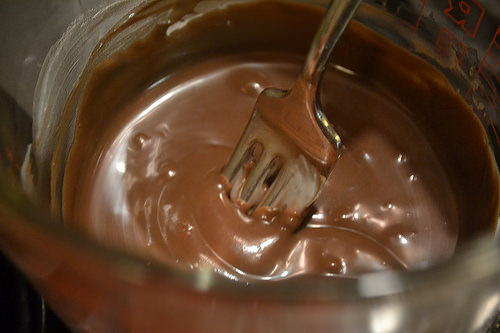




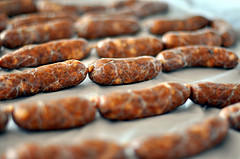
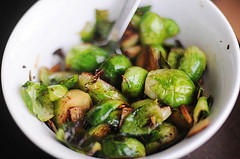
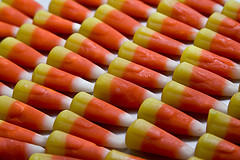

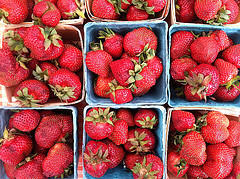
 Equal Housing Opportunity
Equal Housing Opportunity